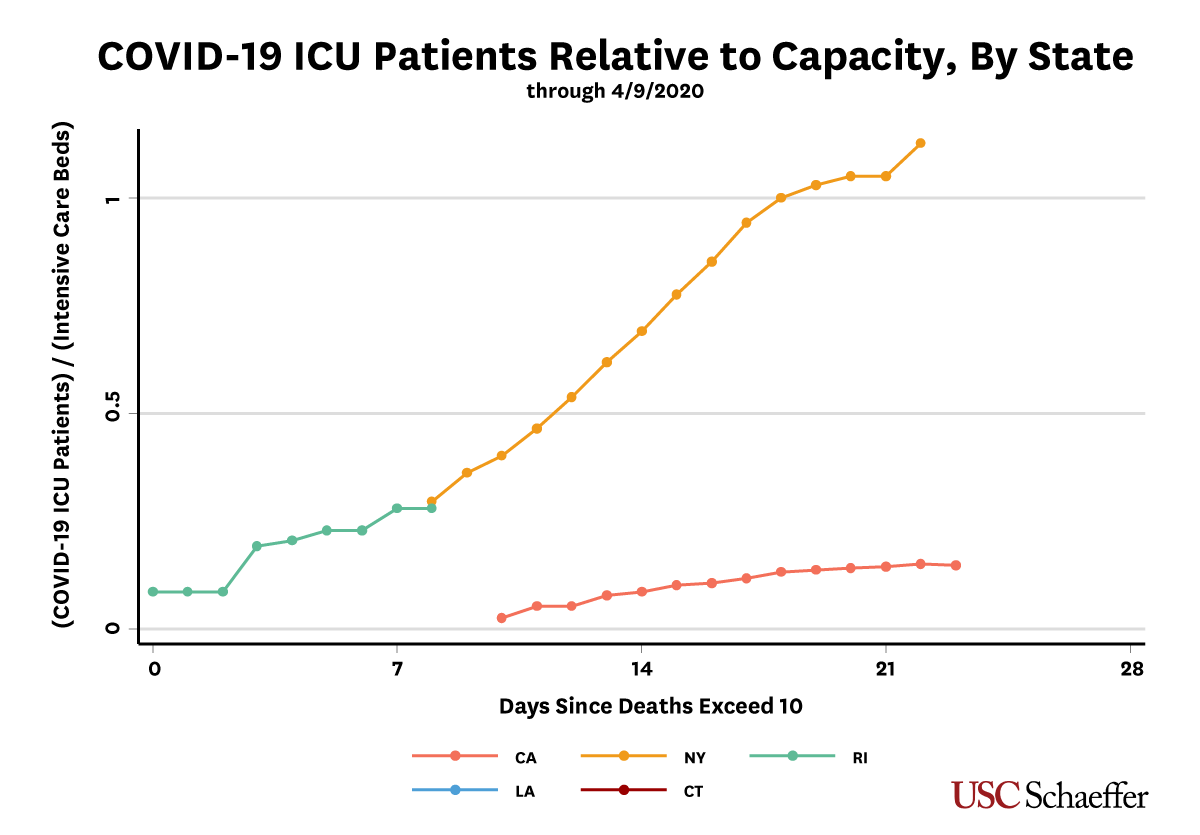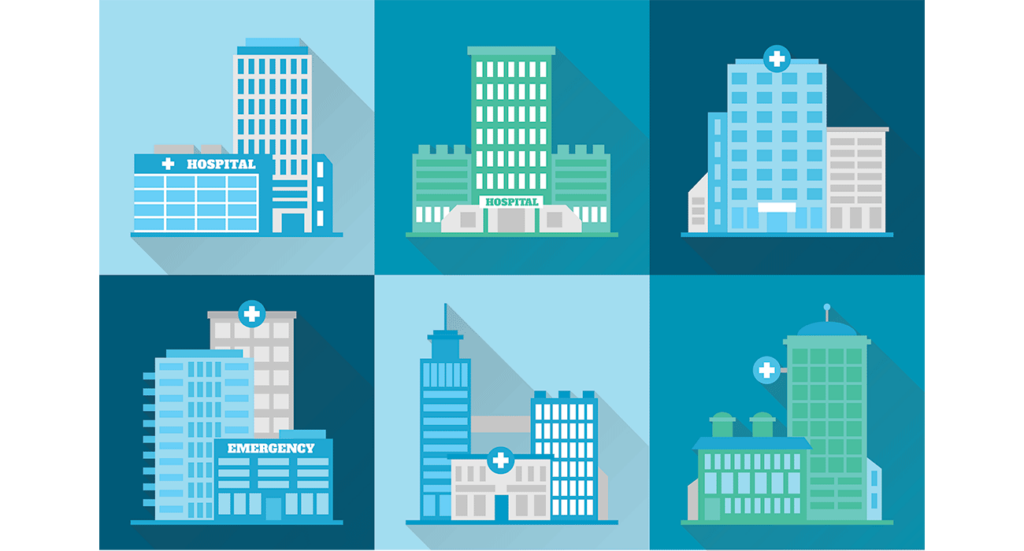American hospitals are waging a generational struggle against COVID-19. For once, the wartime metaphor seems appropriate. At the same time, we should not inflict casualties on the many vulnerable Americans suffering from other illnesses. The reality is that COVID-19 has not overwhelmed ICU and hospital beds in most of the country, and yet there are many non- COVID-19 patients that are now being forced to wait for life-saving surgeries.
In preparation for a flood of COVID-19 patients, hospitals throughout the country canceled “elective procedures.” Many Americans have interpreted that to mean procedures that can be delayed without consequence to the patient, but this is incorrect. “Elective” is simply the opposite of “emergency.” In other words, “elective” procedures are those that are scheduled in advance. These include life-saving organ transplants and cancer surgeries. Recently, some healthcare systems have clarified their guidelines so that procedures are delayed only if patients will suffer no lasting harm from the postponement. The Centers for Medicare and Medicaid Services has provided recommendations to help providers triage care by considering both the patient’s condition and capacity of the health care system, including whether reasonable alternatives – like telehealth – are feasible. While this is a welcome development, more needs to be done, especially in states where beds are waiting for COVID-19 patients who may never arrive.
In our home state of California, for example, COVID-19 patients occupy fewer than 2 in 10 ICU beds, and the growth in COVID-19-related utilization, thankfully, seems to be flattening out.

California’s picture is even sunnier when it comes to general hospital beds. Well under five percent are occupied by COVID-19 patients.

To be sure, the situation in New York remains critical, where COVID-19 patients consume more than the entire ICU capacity of the state. As New York Gov. Andrew Cuomo has noted, the state health system is running flat out to ensure that these patients can get access to lifesaving ICU treatment.
However, in California and other states like it, we need a strategy for restoring hospital care to non-COVID-19 patients as safely and as quickly as possible. One challenge is the shortage of personal protective equipment (PPE) in hospitals. Treating non-COVID-19 patients alongside infected ones in the presence of a PPE shortage risks accelerating the epidemic and overwhelming the hospital capacity some states still enjoy. Physical isolation is the safest and most proven strategy for addressing this problem.
It makes sense to segregate COVID-19 patients for public health risk, but not at the expense of other care. The current strategy of limiting access to COVID-19 patients makes sense is some overwhelmed hot spots like New York City. However, outside of New York, COVID-19 patients are not consuming the majority of hospital or even ICU beds. It makes more sense to create an appropriately sized strategic reserve of COVID-19 ICU and general hospital beds, as well as an appropriate supply of PPE to these hospitals, rather than shutting down the vast majority of non-COVID-19 healthcare procedures.

You must be logged in to post a comment.